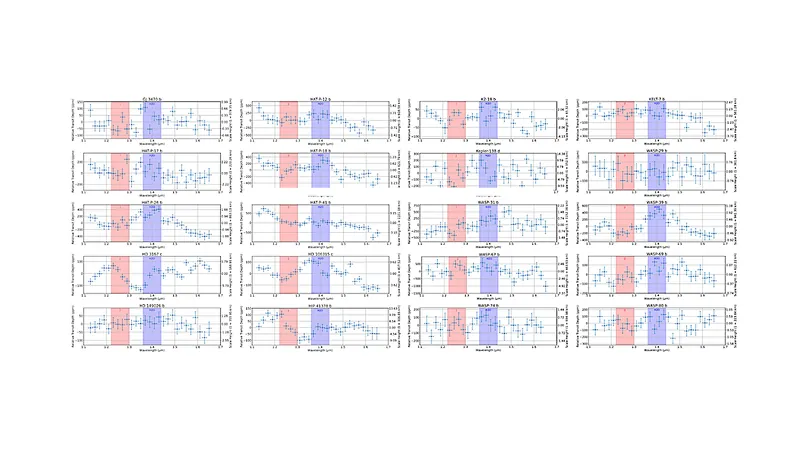
Revolutionary Holographic 3D Printing Set to Transform Industries, Researchers Announce
2024-10-10
Author: Sophie
Introduction
In an astonishing breakthrough, researchers have unveiled a groundbreaking method of 3D printing that utilizes acoustic holograms, paving the way for a potential revolution across multiple industries. This innovative process, known as holographic direct sound printing (HDSP), promises to drastically improve both the speed and complexity of 3D printed objects, making previous limitations seem like a thing of the past.
How HDSP Works
Unlike traditional 3D printing methods that build items 'voxel by voxel' (with a voxel being the 3D equivalent of a pixel), HDSP utilizes sound waves to counteract the effects of gravity, allowing for continuous and rapid printing. By embedding intricate designs within acoustic holograms, the process accelerates polymerization, effectively hardening resin into desired forms in a fraction of the time.
Advantages of HDSP
Professor Muthukumaran Packirisamy from Concordia University in Montreal highlights the remarkable efficiency of this technology, suggesting that printing speed could increase by up to 20 times while consuming less energy. 'We can also change the image during the printing operation,' he explained, hinting at the technology's versatility. 'This allows us to create complex structures, combine multiple movements, and print with different materials all simultaneously.'
Potential Applications
The implications of HDSP extend far beyond simple object creation. The precise control afforded by acoustic holograms enables the storage of multiple images within a single hologram. This means that multiple objects could be printed at various locations within the same workspace, a feature that could unlock extraordinary applications in bioengineering and manufacturing.
Medical Innovations
For instance, the technology could lead to the development of complex tissue structures and drugs that can be delivered precisely where needed. Real-world applications might include advanced skin grafts that expedite healing processes or innovative drug delivery systems tailored for targeted therapies.
Future Implications
Even more impressively, because sound waves can penetrate opaque surfaces, HDSP could revolutionize medical procedures. Imagine repairing damaged organs or conducting intricate repairs deep within mechanical structures, all without the need for invasive techniques. Professor Packirisamy compares the potential of HDSP to the transformative advancements seen in light-based 3D printing, suggesting a new era in manufacturing and medicine is on the horizon.
Conclusion
As the research community continues to explore the applications of this exciting technology, the prospects for HDSP are boundless. With its ability to print inside the body, behind walls, or within confined spaces, the technology is not only a game-changer but could redefine our approach to design and production across numerous fields.









 Brasil (PT)
Brasil (PT)
 Canada (EN)
Canada (EN)
 Chile (ES)
Chile (ES)
 España (ES)
España (ES)
 France (FR)
France (FR)
 Hong Kong (EN)
Hong Kong (EN)
 Italia (IT)
Italia (IT)
 日本 (JA)
日本 (JA)
 Magyarország (HU)
Magyarország (HU)
 Norge (NO)
Norge (NO)
 Polska (PL)
Polska (PL)
 Schweiz (DE)
Schweiz (DE)
 Singapore (EN)
Singapore (EN)
 Sverige (SV)
Sverige (SV)
 Suomi (FI)
Suomi (FI)
 Türkiye (TR)
Türkiye (TR)